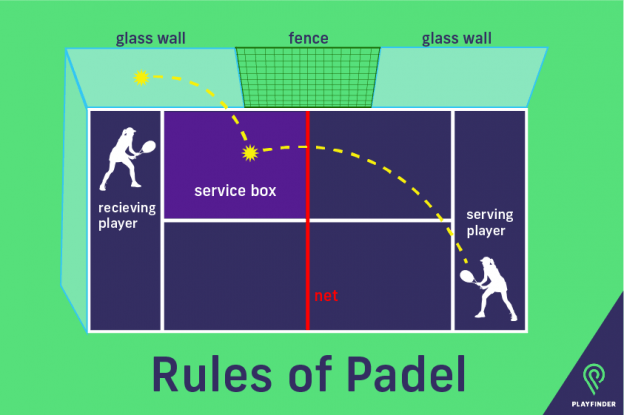2G, 3G, and 4G pitches. Know your playing surfaces
24 November 2016 • By - Finn Mongey
Read time 3 minutes
Anyone who plays astroturf sport will often hear the terms 2G, 3G and 4G referenced but what is the difference between the three? When we help users book pitches on Playfinder.com, they often ask what sets these pitches apart from each other. So, we’ve laid out some facts about these different playing surfaces.
| Pitch type | Surface type | Usage |
| 2G | Sand-based with short synthetic grass | Short grass and hard surface best for hockey |
| 3G | Long synthetic grass with shock-absorbent rubber crumb | Best for football, more realistic and safer surface than 2G |
| 4G | Synthetic grass without need for rubber crumb | The existence of 4G, 5G and 6G pitches is not recognised by any accredited governing body |
| 5G | Synthetic grass without need for rubber crumb | The existence of 4G, 5G and 6G pitches is not recognised by any accredited governing body |
| 6G | Synthetic grass without need for rubber crumb | The existence of 4G, 5G and 6G pitches is not recognised by any accredited governing body |
2G and 3G astroturf pitches
Football is called the beautiful game for a reason but all too often grassroots footballers are held back by poorly maintained, uneven, and even waterlogged pitches. The increase in Artificial Turf Pitches (ATPs) has been a godsend to amateur footballers everywhere. Better pitches means a level playing field (literally and metaphorically) for players across the board.
As with most sports development tools and equipment Artificial Turf is constantly evolving and improving. Some top flight football clubs, NFL teams, and rugby venues now use these ATPs. When searching for somewhere to play or train at a grassroots level playing surface is among the most important factors to take into consideration.
As these pitches continue to develop more options are available to grassroots sports players looking to book a pitch. Playfinder ensures that each sport venue listed for hire contains relevant pitch information. Here’s a closer look at those options, and suggestions of where you can play in London and get active.
2G and 3G astroturf pitches refer to second and third generation pitches.

Second Generation Pitches
2G pitches began popping up at sports venues in the early 90’s. Perfect for hockey, many clubs installed their own 2G sand-based pitches. While many of these pitches are also used for small sided football the consensus with most is that the sand based surface is less than ideal for football, but when well maintained and marked out it can offer a suitable option for many games.

Third Generation Pitches
When it comes to ATPs, 3G is usually what most players are looking for. These pitches are made up of longer synthetic grass which offers better grip, a smoother playing surface, and a more weather proofed surface than regular grass pitches. The black rubber pellets, or rubber crumb, (which are likely to get everywhere even after your game!) spread into the artificial grass create a great playing surface with shock absorbing underlay. This is believed to create a playing surface that is less likely to cause impact injuries.

4G and Beyond?
You’ll often hear venues offering 4G surfaces (or even 5, 6 , 7G!) which they define as artificial grass, like 3G, but without the need for the rubber crumbing. These synthetic grass only pitches do exist and there is an argument that they are 4G. However, many label the term 4G as a sales technique as they have not yet been officially graded as a new technology. To date 3G pitches are the approved and recognised standard for ATPs.
Sports players looking for somewhere to play or train with friends or their club can use Playfinder‘s search option to look for their nearest and most suitable venue for the sport of their choice.
If you run your own venue, check out Bookteq, our all-in-one sports facility management software saving you time and money.






